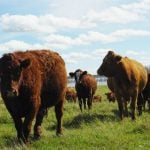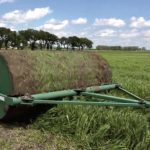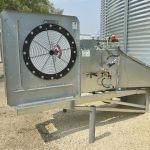
Features

Roll, roll, roll your fields
The next line might not be gently down the stream, but more along the lines of sooner rather than later

The challenge with large grain bins when storing canola
Fan limitations can make it harder to store canola safely

Canola plant establishment quiz
Find out how much you know with this CCC quiz

Should Manitoba Ag’s guidelines for target plant populations for spring cereal crops be adjusted?
Study concludes recommendations are good, even for newer, higher-yielding varieties

Weed issues to watch in 2022
How different factors, such as moisture, temperature, herbicide resistance and others, may affect weed populations this year

New faba bean variety may be the key
Improved nutritional properties well suited to plant protein market

Find the best prices on petroleum, diesel and propane
A new tool from CXN360 offers easy access to the best fuel prices

Get boots in the field as variables increase
Field scouting is even more important this year as farmers face an increasing number of variables

Take a layered approach to herbicides
Develop an effective herbicide layering strategy — it could be one of your most powerful tools in the fight against herbicide resistance

The problem with field overlap
Excess nutrient applications in these areas waste fertilizer dollars and can lead to crop losses and environmental damage


